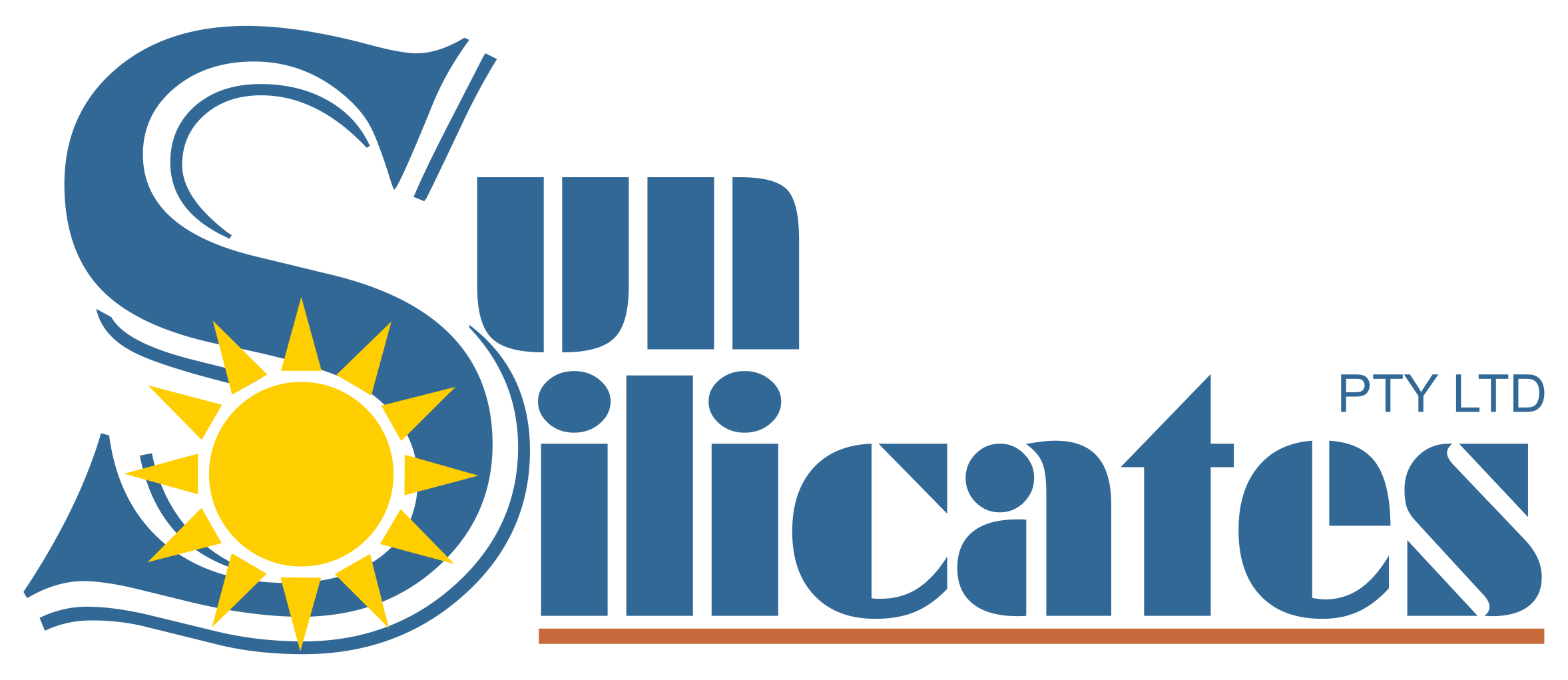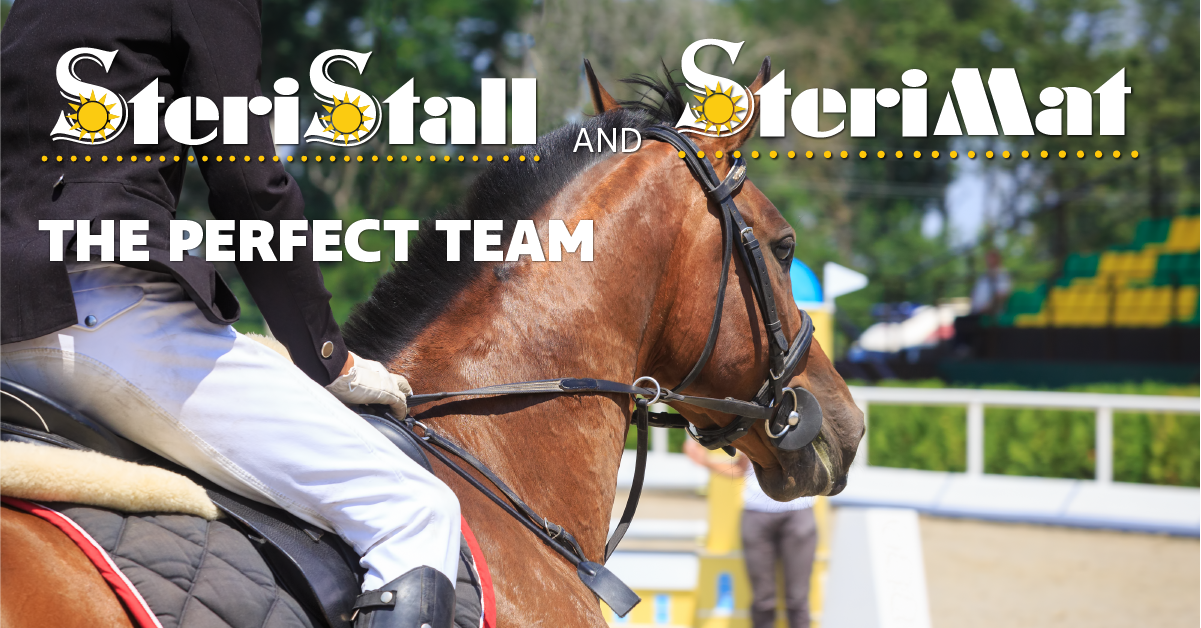SteriStall & SteriMat: The perfect team
Trials conducted on SteriStall and SteriMat
Background
Sun Silicates recently developed an innovative horse bedding system. Lab work showed very promising results. This has now been followed up by extensive trials in real-world conditions.
- The aim of the trial was to evaluate:
1. The best application method.
2. The feasibility of the system.
3. Benefits of the system.
The test was conducted over a three-month period on a horse that was stabled for an extended period, recovering from a leg injury.
- Trial set up:
A 1 x 25 Kg bag of SteriStall was used to cover the complete stable floor of 12 square meters before installing the SteriMat blocks. A tool was designed and used to lift the individual blocks to ease the removal of the saturated SteriStall. Solid waste was removed daily. The wood chips that were made into a bed area of approximately 30 % of the total was repositioned as required. The saturated areas that are visible between the slats of the SteriMat – was removed and replenished with new dry powder. The quantity of the SteriStall used was recorded. The usage per month of wood chips was also measured. The ammonia smell was continually compared with adjacent stables where the normal wood chip system was being employed. The quantity and prevalence of flies were also monitored but not measured.
- Results: SteriStall has an ability to absorb approximately 150 % of its own mass in liquid. Therefore, the usage should be directly proportional to the urination in the stable. Average consumption over a 6 weeks period was 5 liters of product per day, that equates to approximately 7,5 liters of urine per day. This correlates very well with a typical daily urine quantity for a fully-grown horse of 10 liters per day. The consumption of the chips per month reduced by approximately 75% as the horse was urinating less on the chips and more on the open SteriMat /SteriSltall area.
- Additional benefits:
1. Less impact on the horse due to the soft rubber with a shore hardness of 50 to 65. The horse recovered faster from its leg injury that anticipated.
2. The hooves of the horse showed no thrush or bacterial growth.
3. A total lack of ammonia smells was evident, as the conversion from the urine to ammonia was prevented.
4. A significant reduction in the presence of flies was evident.
- Cost calculations:
The cost was calculated as follows:
1. Traditional system +/– R 1800/month
2. SteriStall/SteriMat system
a. Chips R 600/month
b. Steristall @ R 5/liter and 5 liters per day R 750/month
c. Total variable cost R1350/month
3. Capital expenditure
a. The cost will be dependent on the size of the stable. In this instance, the stable was 12 square meters and the cost of the installed system was R 7500.
b. With a saving of approximately R450/month, the payback for the system should be 16 months. This is based on the cost of the bedding and does not include the health benefits as described above.
- Conclusions and recommendations:
The SteriStall and SteriMat system makes economic sense and has many benefits to the health of the horses. Although SteriStall may be used with the normal wood chip system to dry out the floors of the stable, it is believed that combining it with the SteriMat will be the most appropriate solution. It is recommended for high-performance animals where the additional capital investment will be offset not only by the reduced bedding costs but also should manifest in a better performing and healthier horse.


